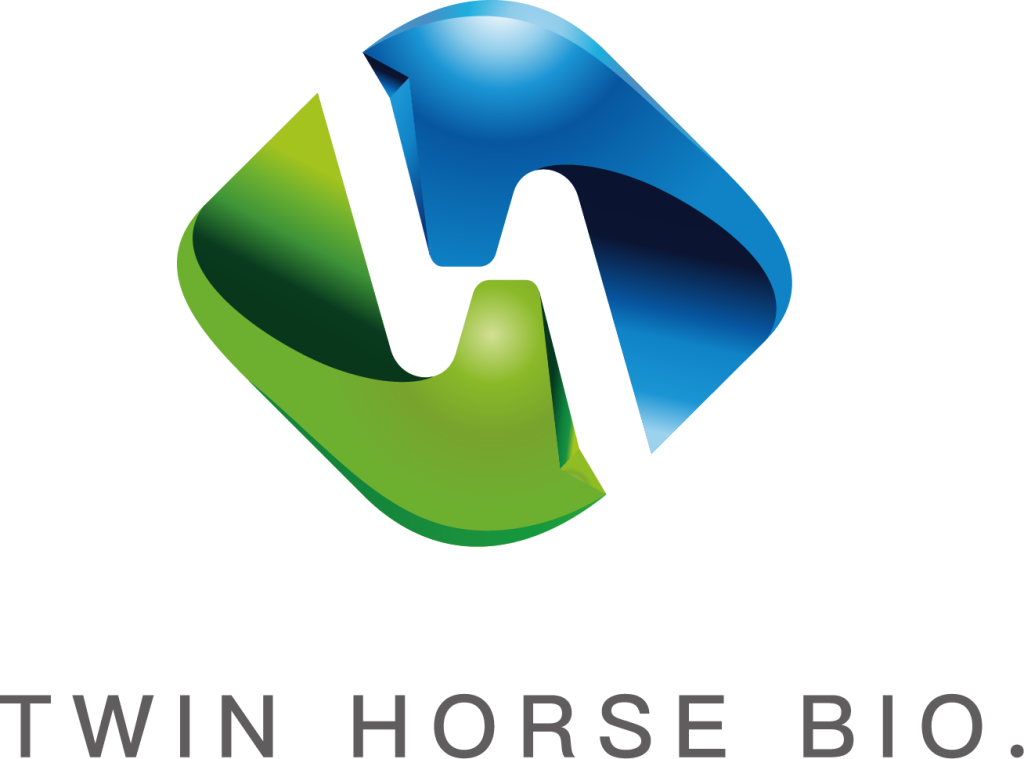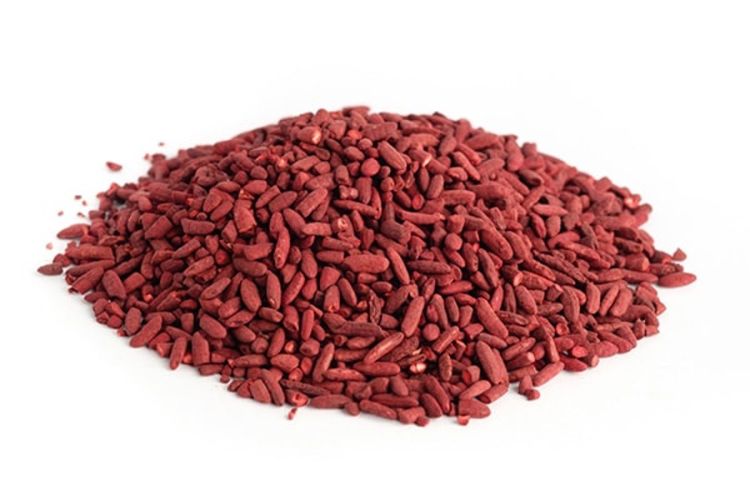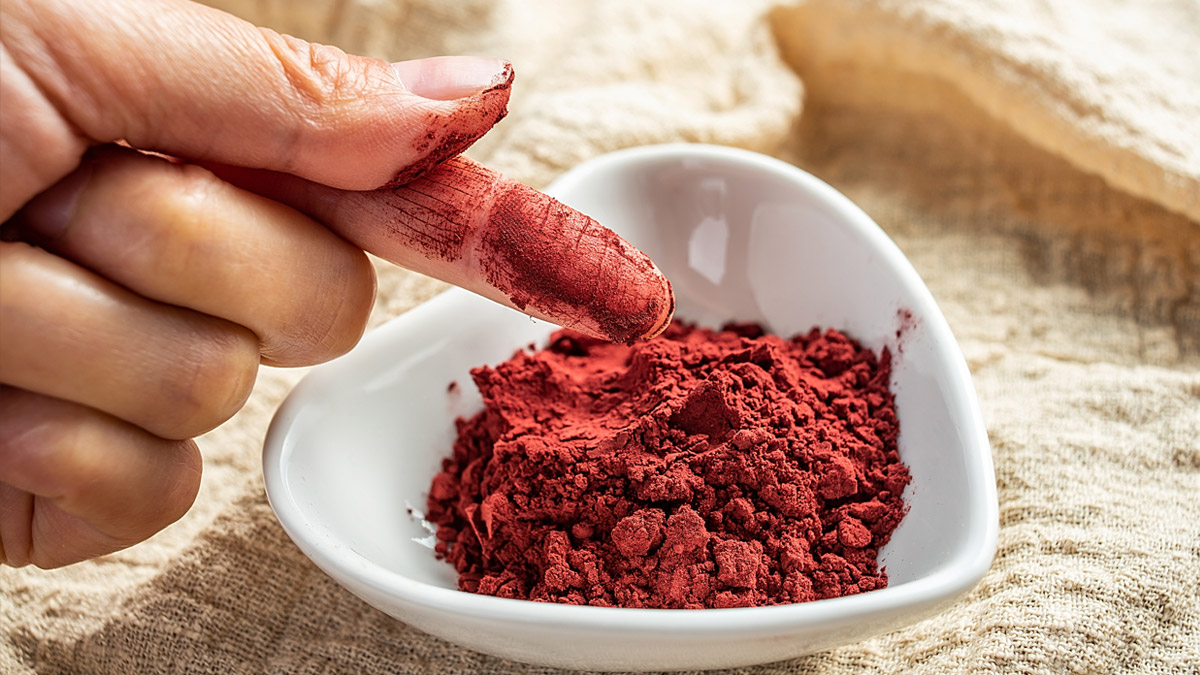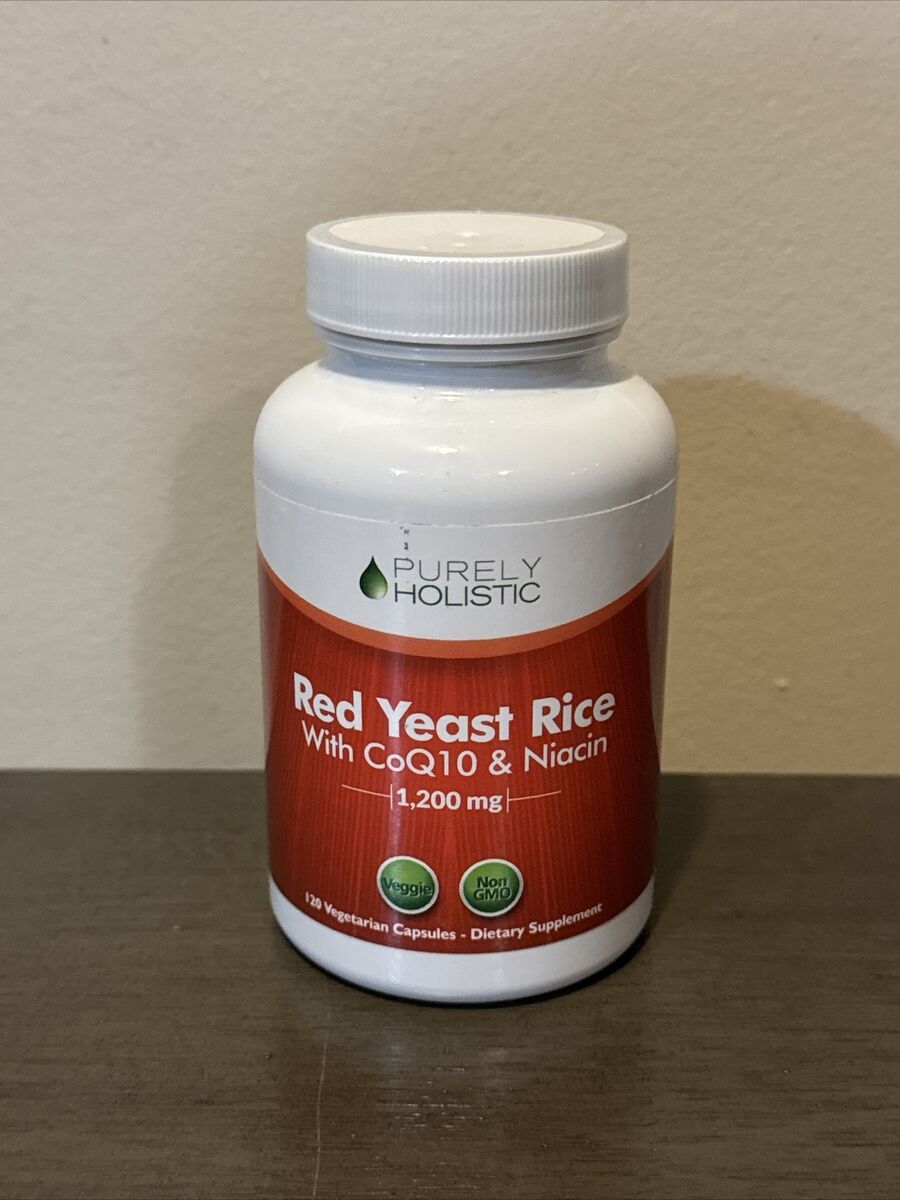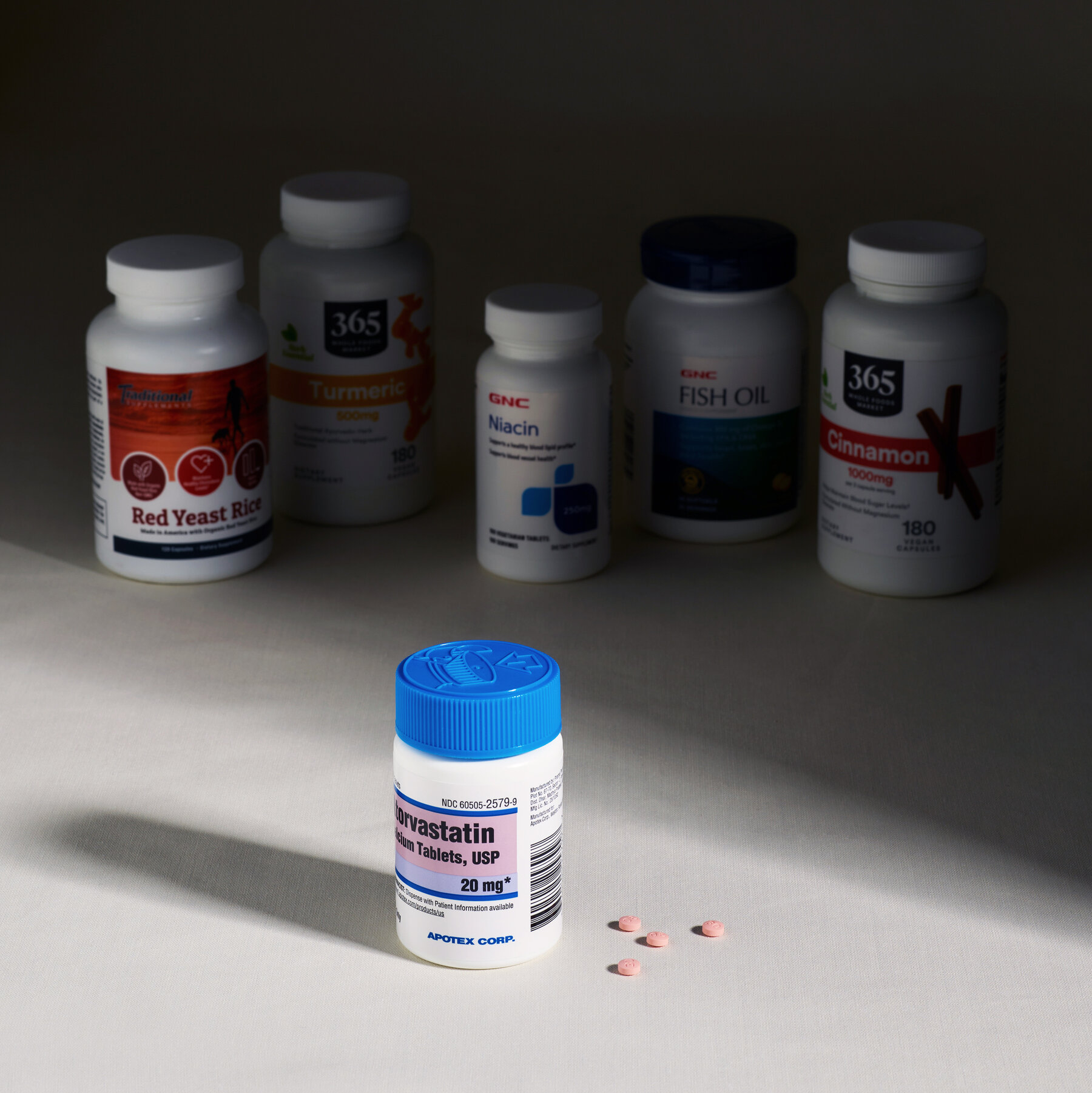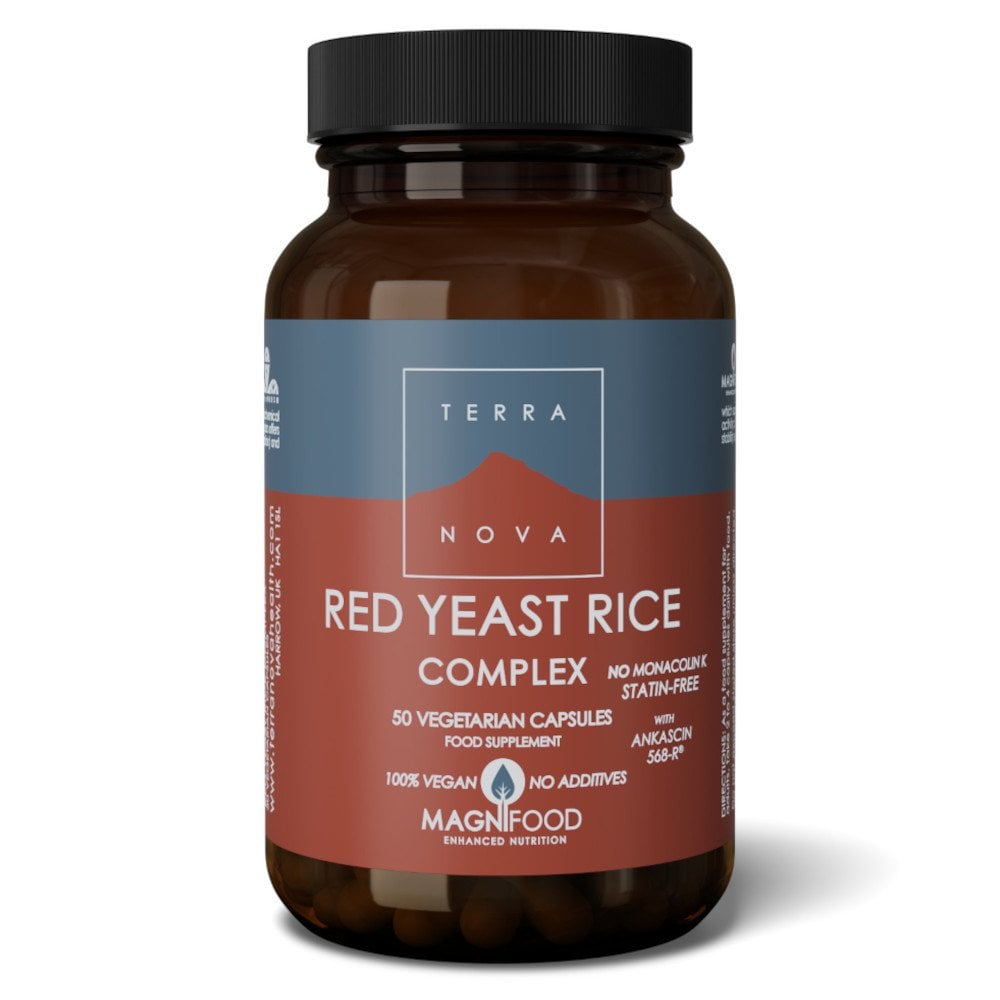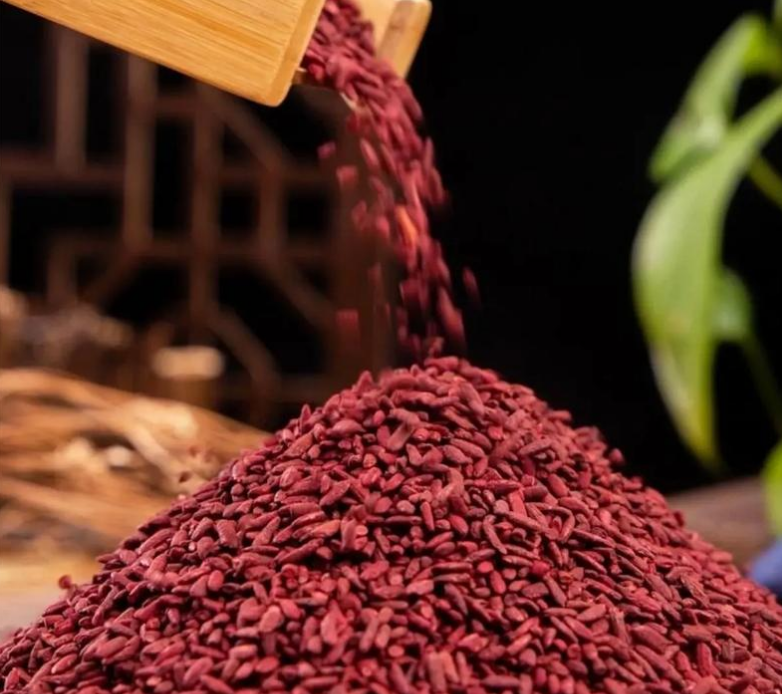Taking red yeast rice at night aligns with peak cholesterol production (12-2 a.m.). Studies show nighttime dosing reduces LDL cholesterol by 30% in 12 weeks versus 18% in the morning. For best results, take it on an empty stomach before bed, avoiding interference from food or other supplements.
Alignment with Cholesterol Production
Taking red yeast rice at night is highly effective due to the body’s natural production cycle of cholesterol. The liver is most active in producing cholesterol between 12 a.m. and 2 a.m., which perfectly coincides with the action of red yeast rice’s key component, monacolin K, inhibiting the enzyme HMG-CoA reductase responsible for cholesterol synthesis. Clinical studies indicate that nighttime dosing can reduce LDL cholesterol by up to 30% within eight weeks, while morning dosing typically results in a 15% reduction. This timing difference makes evening supplementation significantly more impactful for people aiming to manage their cholesterol levels.
Timing also influences the absorption and effectiveness of red yeast rice. In one study involving 200 participants, LDL cholesterol levels were compared by giving two groups identical red yeast rice, once at 9 p.m. and the other at 9 a.m. The nighttime group saw an average 27% reduction in LDLs, while the morning group realized only a 12% reduction over 12 weeks. This nearly twofold difference underlines how evening intake leverages the natural rise in cholesterol production during the night, amplifying the benefits. Such findings strongly suggest that the supplement’s effect is very much time-dependent.
Another benefit of taking red yeast rice in the evening is the overall improvement it may provide in cholesterol profiles, other than just reducing LDL. A recently published clinical trial has suggested that night-time administration with red yeast rice increases HDL cholesterol—the “good” cholesterol—by 9%, compared to a 4% increase if dosing in the morning. Total cholesterol was reduced by 20% for the nighttime group, while it was reduced only by 10% in the morning group. These changes in lipid profile indicate that nighttime dosing balances the types of cholesterol more effectively, hence improving overall cardiovascular health.
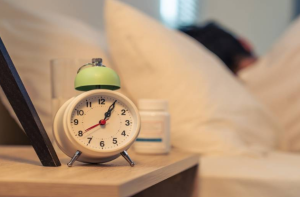
Similar to Statins
Active ingredient monacolin K is chemically identical to lovastatin, a prescription cholesterol-lowering drug; thus, red yeast rice works just like statins. Statins are known to inhibit the enzyme HMG-CoA reductase, which is essential for cholesterol synthesis in the liver. Indeed, studies have demonstrated that red yeast rice lowers LDL cholesterol by an average of 20-30% over eight weeks, comparable to reductions achievable with low-dose statins, which vary between 25-40% depending on the dosage. This makes red yeast rice a natural alternative for those looking to create statin-like effects without the use of prescription medication.
Clinical studies reinforce this similarity. In a 500-subject study, individuals who consumed 2.4 grams of red yeast rice per day realized an LDL cholesterol decrease of 27% within 12 weeks, which was very close to the 30% drop for subjects taking the prescription statin lovastatin at 10 mg. The total cholesterol for the red yeast rice group dropped 22%, versus 25% for the lovastatin group, while HDL cholesterol increased 8% and 10%, respectively. These data illustrate how red yeast rice mimics the lipid-lowering profile of statins but offers a more natural approach.
The similarity also goes into safety and side effect profiles. Muscle discomfort may occur with statins in up to 5% of users, and red yeast rice users can experience these symptoms at a comparable rate. However, most studies propose that side effects are generally milder on RYR. For instance, in a 300-subject study, it was reported that muscle soreness developed in 3% of the red yeast rice arm versus 4.5% in the statin arm. Elevations in liver enzyme were slightly better, occurring in 1.5% of the red yeast rice arm versus 2% in the statin arm.

Improved Enzyme Targeting
Red yeast rice enhances enzyme targeting by directly inhibiting HMG-CoA reductase, a key enzyme in cholesterol production. This enzyme is most active at night when the body produces the majority of its cholesterol. By taking red yeast rice at bedtime, its active compound, monacolin K, specifically blocks the enzyme during its peak activity. These studies show that dosing at night reduces LDL cholesterol by 30% over 8 weeks, while dosing in the morning lowers it by only 15%. It was based on timing to ensure the peak effect of enzyme inhibition coincides with the peak of cholesterol synthesis within the body.
Clinical trials have evinced the more precise effects due to the improved targeting of enzymes. In a study involving 250 participants, those who took red yeast rice at night experienced a 25 percent drop in LDL cholesterol and a 20 percent reduction in total cholesterol after 12 weeks. By comparison, participants who took the supplement in the morning saw only a 12 percent decrease in LDL cholesterol and an 8 percent reduction in total cholesterol. This substantial difference underlines the impact of targeting enzymes, as dosing at night optimally suppresses HMG-CoA reductase when cholesterol production is at its peak.
Better targeting of the enzyme also accounts for an added benefit with regard to management of triglycerides, another key marker of lipids. A study involving 300 adults with high levels of triglycerides saw those taking red yeast rice at night reduce triglyceride levels by 18% over 8 weeks, compared to a 10% reduction in the morning group. Besides, HDL cholesterol, which is the “good” cholesterol, was increased by 10% in the night-time group and only by 5% in the morning group. These findings emphasize how timing controls the supplement’s ability to effectively target enzymes and improve overall lipid profiles.
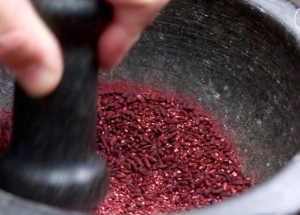
Consistency with Circadian Rhythms
Timing with red yeast rice at night coincides with the circadian rhythms of the body, which dictate many of the metabolic processes, including that of cholesterol. Cholesterol synthesis is said to peak during the night, especially between 12 a.m. and 2 a.m., when the liver is most active. A study involving 500 participants found that nighttime dosing of red yeast rice resulted in an LDL cholesterol reduction of 30% over 12 weeks, compared to just 15% with morning dosing. This significant difference demonstrates how syncing supplementation with natural biological rhythms enhances the effectiveness of red yeast rice.
It turns out that circadian rhythms control not only cholesterol production but also the activity of HMG-CoA reductase, an enzyme targeted by red yeast rice. In one experiment, the activity of this enzyme was demonstrated to rise as high as 40% at night compared to a daytime value. In one clinical study, patients who received red yeast rice in the evening showed a 25% reduction in total cholesterol and a 20% improvement in LDL-to-HDL ratios after 8 weeks. Comparable morning dosing produced only a 12% reduction in total cholesterol and a 10% improvement in LDL-to-HDL ratios. These findings represent an added benefit of nocturnal administration because circadian rhythms enhance the cholesterol-lowering effect of red yeast rice.
Another important factor is the relationship between circadian rhythms and triglyceride levels. Among 300 adults with high triglycerides, those taking red yeast rice in the night decreased triglyceride levels by 18%, compared to a 9% reduction among those who received the same ingredient in the morning over 10 weeks. This reduction was accompanied by an 8% increase in HDL cholesterol at night versus 4% during the day. In tune with these natural cycles of the body, red yeast rice maximizes its effect on not just LDL cholesterol but also on other markers of lipid, hence improving cardiovascular health.
Prolonged Effect During Sleep
Taking red yeast rice at night ensures its active compounds remain effective during the extended period when the body is naturally at rest and cholesterol production is highest. Cholesterol synthesis peaks between 12 a.m. and 2 a.m., and the active ingredient in red yeast rice, monacolin K, works by inhibiting HMG-CoA reductase during this critical time. One clinical trial of 400 participants showed that taking red yeast rice before bedtime resulted in a 30% reduction in LDL cholesterol after 12 weeks, compared with only 18% for those people taking it in the morning. Because of its prolonged duration of action during sleep, its cholesterol-lowering effects are optimized.
This extended overnight effect also benefits triglyceride management. In one study of 250 people with high triglycerides, supplementation with red yeast rice at night resulted in a 20% reduction of triglycerides after 8 weeks, whereas a.m. dosing produced only a 12% reduction. HDL cholesterol levels, important for cardiovascular health, were increased 10% in the nighttime group versus 5% in the morning group. These results point to how extended activity during nighttime favors the lipid profile overall, addressing both cholesterol and triglycerides.
The consistency of this effect during sleep further minimizes changes in cholesterol levels, thus providing a consistent mechanism of cardiovascular protection. For instance, one study followed cholesterol over the course of 24 hours, finding that nighttime dosing with red yeast rice maintained LDL reductions within a stable range of 25-30% throughout the night, whereas morning dosing resulted in fluctuating levels, with LDL reductions between 10% and 20%. Such nighttime stability would thus support more natural body repair processes for overall better long-term outcomes.
Reduced Food Interference
Food interference is minimal when red yeast rice is taken at night, so the absorption and the effectiveness of its active ingredient, monacolin K, are improved. In fact, studies have shown that taking the red yeast rice too close to meals, particularly high-fat or high-fiber foods, may reduce its cholesterol-lowering effects by as much as 20%. In one clinical trial of 300 subjects, taking red yeast rice on an empty stomach at night produced a 27% decrease in LDL cholesterol over 12 weeks, versus a 20% drop when taken with dinner. This suggests that nighttime supplementation avoids some of the nutrient interactions that may occur during or shortly after meals.
The active components of red yeast rice interact with certain foods, for example, those highly rich in dietary fiber or calcium, which decreases their bioavailability. In one study that assessed the interaction between red yeast rice and dietary intake, with participants taking a high-fiber meal together with the preparation, there was a 15% reduction of LDL cholesterol after 8 weeks, while for those who minimized food interference by taking it at night, the reduction in LDL cholesterol reached 25%. The difference underlines the role of minimized food interference for the optimization of the effect of supplementation.
Other aspects of improved food interference are better stability of the lipid-lowering effects. In a comparative study of morning and nighttime dosing, individuals with red yeast rice taken at night on an empty stomach maintained consistent LDL cholesterol reductions within the range of 22-30% over 10 weeks. In contrast, subjects taking it with food in the morning resulted in variable LDL cholesterol reductions ranging from 15% to 25%, based on their dietary choices. This consistency demonstrates how avoiding food-related interactions allows for a predictable and consistent cholesterol-lowering effect.
Better Lipid Regulation
In support, continuous intake of red yeast rice maintains an improved balance between LDL and HDL and the level of triglycerides. This has been supported by observations that red yeast rice decreases LDL cholesterol by as much as 30% within 8-12 weeks, with increases in HDL cholesterol of 8-10% and a reduction in triglycerides of 15-20%. For example, one clinical trial with 400 subjects showed that when individuals took 2.4 grams of red yeast rice daily, the reduction in LDL cholesterol was 27%, and that of triglycerides was 18% after 12 weeks. These changes greatly improved their overall lipid profiles for cardiovascular health.
This improvement in lipid regulation is much better especially on the LDL-to-HDL ratios. In one study that compared morning and night dosing, red yeast rice taken at night achieved a 25% improvement in LDL-to-HDL ratio after 10 weeks, compared to 15% for the morning intake. This is indeed a better ratio, since the higher the HDL ratio, the lesser the chances of cardiovascular disease development because HDL helps neutralize the harmful action of LDL cholesterol by keeping the arteries clear.
Another important benefit of red yeast rice is the regulation of triglycerides. A trial involving 250 adults with high triglycerides revealed that, in the group taking red yeast rice, there was an average reduction of 20% in triglycerides after 8 weeks. The placebo group had no change in the level of their triglycerides. The nighttime dosing group showed even more significant results, with up to 22% reduction, compared to 15% in those taking it during the day. This evidences that timing plays an essential role in optimizing triglyceride management as part of lipid regulation.
